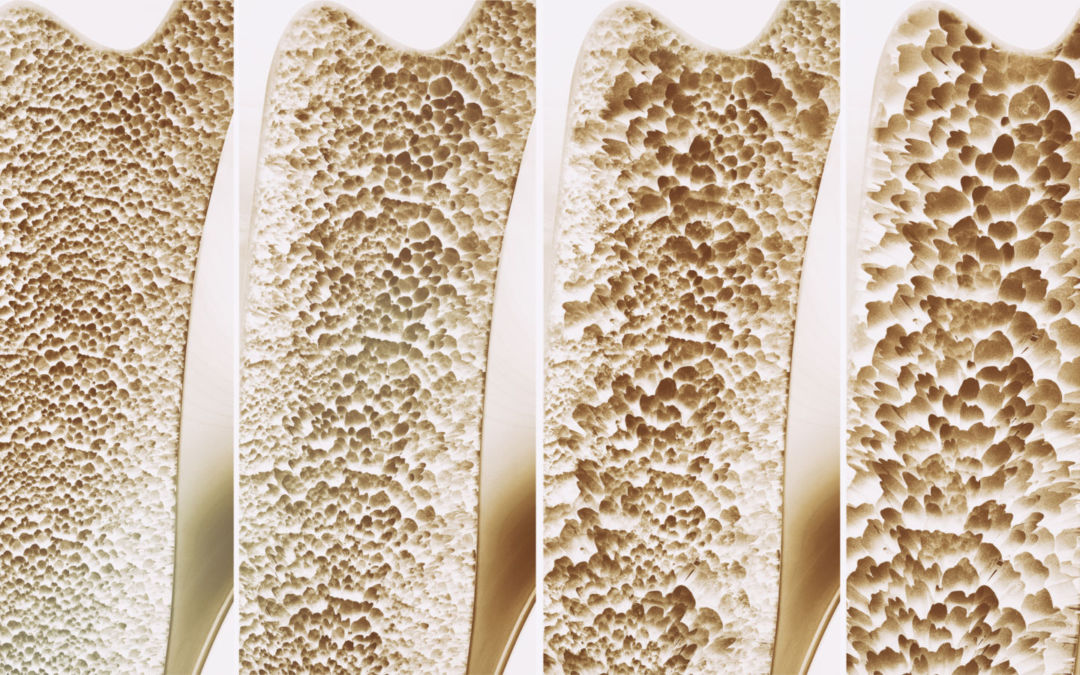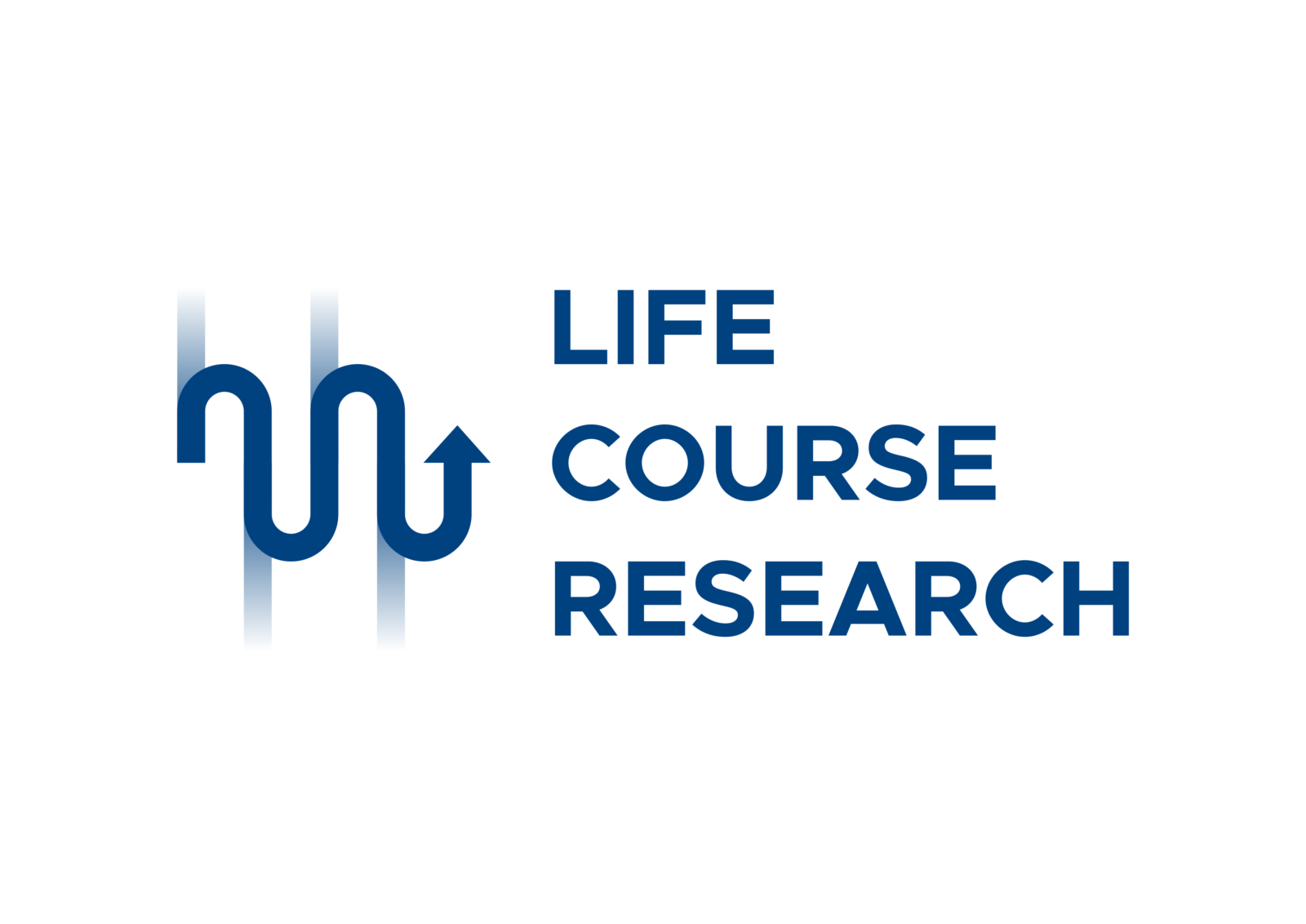Reference
Marini S, Barone G, Masini A, Dallolio L, Bragonzoni L, Longobucco Y, Maffei F. The Effect of Physical Activity on Bone Biomarkers in People With Osteoporosis: A Systematic Review. Front Endocrinol (Lausanne). 2020 Oct 23; 11:585689. doi: 10.3389/fendo.2020.585689. PMID: 33193098; PMCID: PMC7644859.
Summary
Scientific literature suggests that physical activity may have a positive effect on bone formation. For this reason, patients with osteoporosis should be treated not only with medication but also with regular exercise.
Biomarkers are normally used in monitoring disease progression and drug treatment effectiveness. They may also be useful to monitor the effects of physical activity on patients affected by osteoporosis.
Background
At this time, osteoporosis is one of the major public health problems in elderly patients. This condition requires a multi-modal approach that includes not only medications, but also physical activity. It has been observed that a low level of physical activity is an important risk factor for osteoporosis. Moreover, exercise seems to be have a positive effect on bone metabolism through various mechanisms that remain unclear.
So-called “biomarkers” (bone biomarkers) are currently used in clinical practice to monitor disease progression, indicating the bone anabolism or catabolism processes.
Empirically, they can be used to measure the osteogenic effect of physical activity on bone metabolism.
The characteristics of the study
The article is a systematic review of studies conducted on patients with a diagnosis of osteoporosis (T-score ≤ 2.5) undergoing bouts of physical activity. Bone biomarkers were measured at least once during the study.
Of a total of 136 articles that were selected, only three randomized controlled trials were included in this review.
Results
One of the studies included showed an increase in bone formation indices and a decrease in reabsorption indices following sub-maximal aerobic exercises. However, in the other two studies there was a increase of total alkaline phosphatase (a non-specific bone formation marker).
Despite the need for additional research, these results suggest that biomarkers can be used to monitor the benefit of physical activity in patients with osteoporosis. Further studies should be directed at identifying exercise protocols in terms of type, frequency, and intensity.
New findings
The use of bone biomarkers to monitor disease as well as study the effects of physical activity in people with osteoporosis represents a new and promising research frontier.
Research Perspectives
By monitoring molecular indicators during physical activity, in the future we will ideally be able to identify an effective physical activity protocol to recommend to all patients with osteoporosis.
Authors: Alessio Baricich, Daria Cuneo




